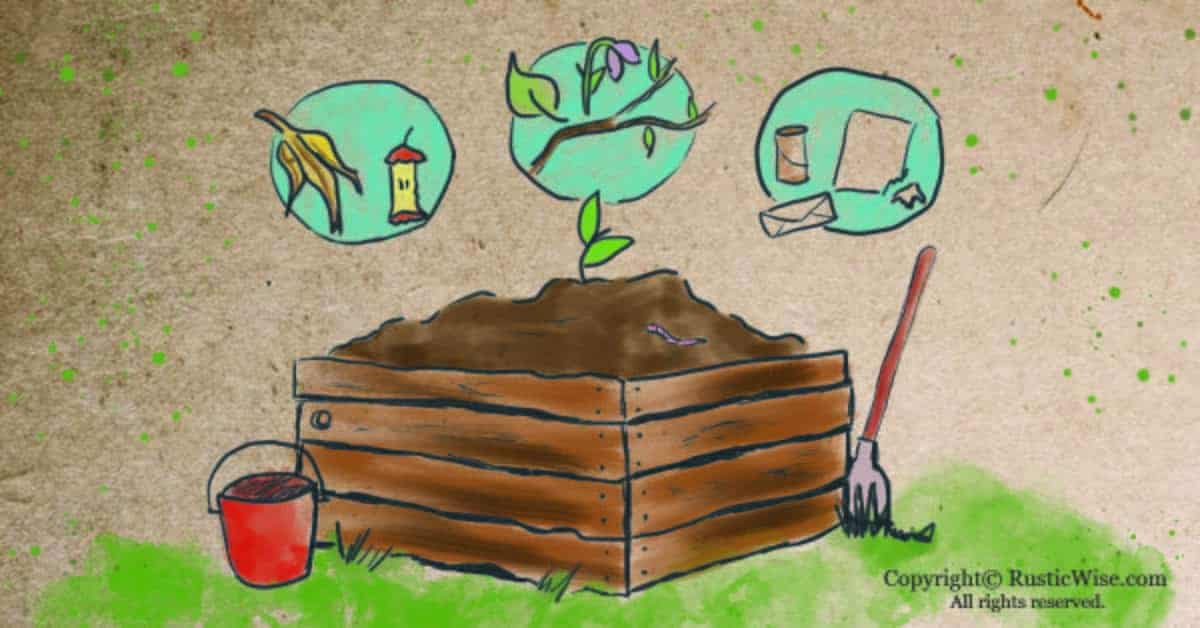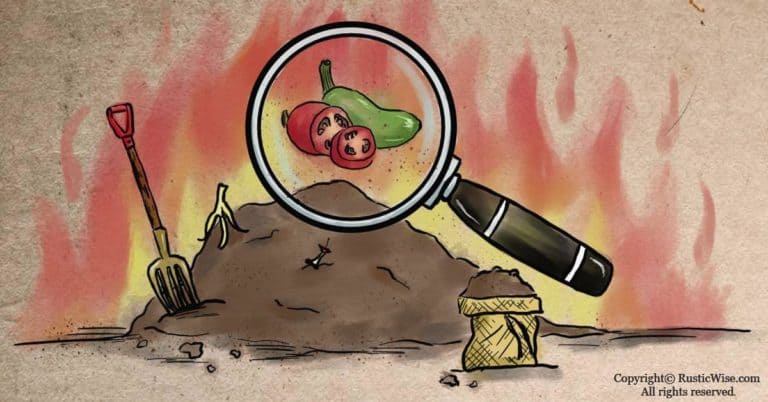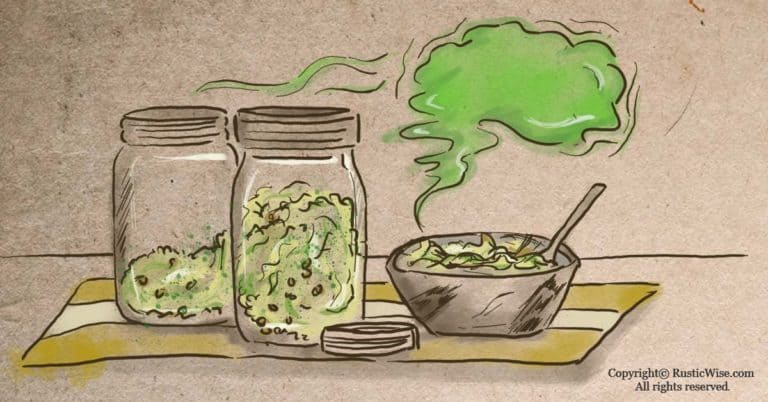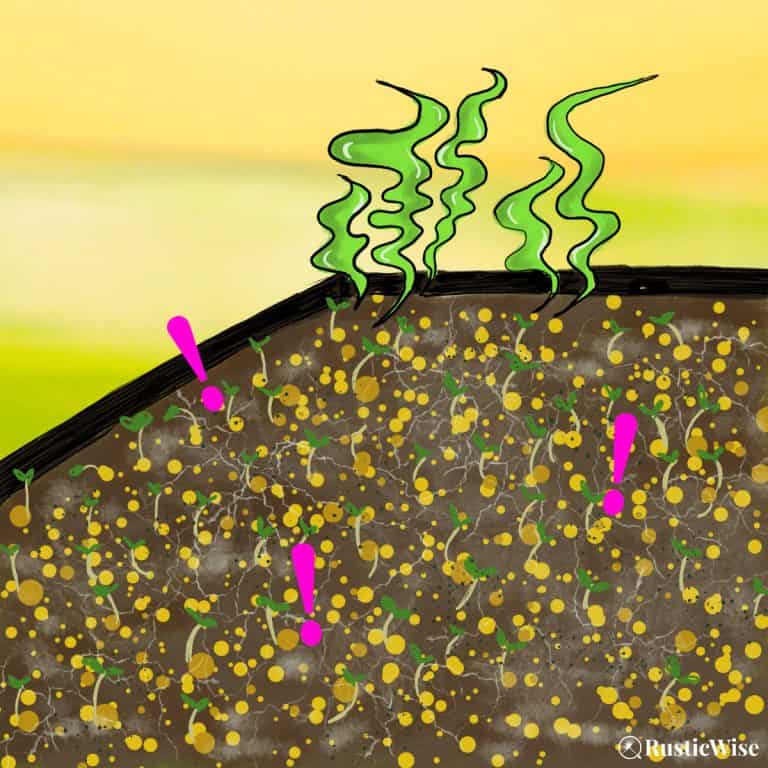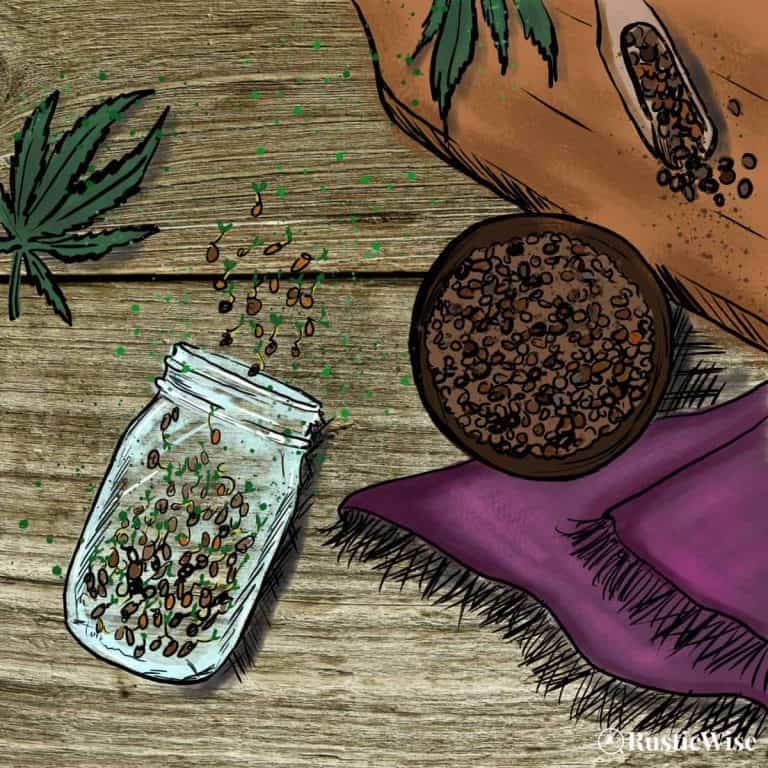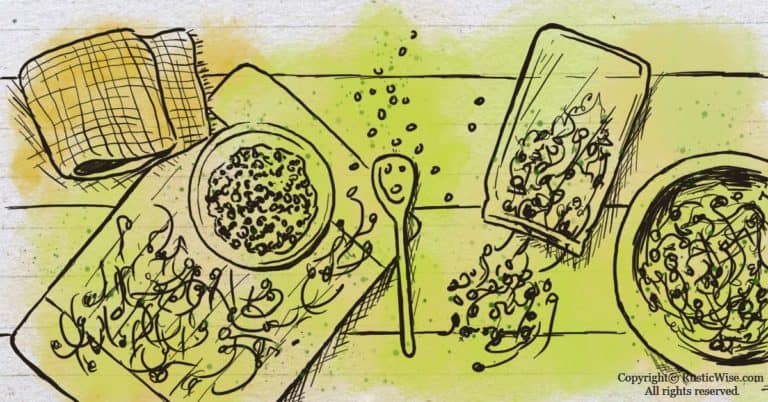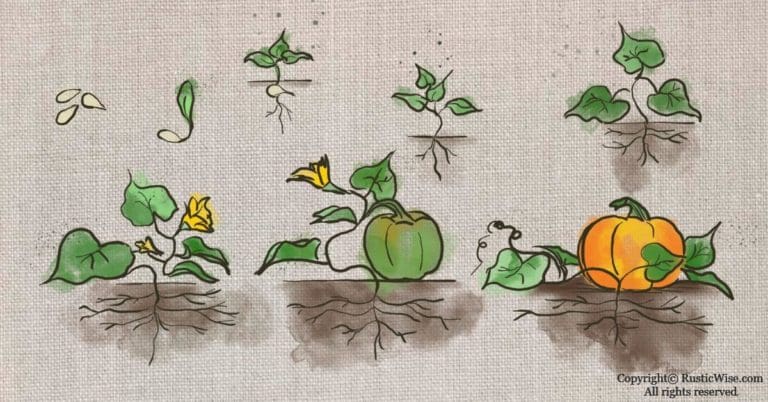What is a Compost Pile and Helpful Tips for Starting Your Own
Composting has been generating a bit of buzz these days with more people concerned about food waste and its impact on the earth. A return to nature in all its goodness.
My first experience with composting was in elementary school. I remember the older students dutifully going class-to-class with empty ice cream pails collecting leftover lunch scraps: banana peels, apple cores, a celery stick or two that had been dropped on the floor.
I don’t remember how long this composting initiative went on for at our school, but I do remember seeing a huge compost pile out in the school yard. It looked just like a giant mound of dirt.
So what is a compost pile? A compost pile is—a compilation of food scraps and other organic matter like leaves, grass clippings that when mixed together, decomposes into rich natural soil conditioner. It’s chock-full of nutrients.
Benefits of compost
There are so many benefits to having your own compost bin, both to yourself and to the environment.
- Cuts down on waste. Every household produces food waste which is often tossed in the garbage. When you have your own compost pile, you’ll notice that your garbage bags are less full during weekly disposal, using fewer garbage bags in the long run. You might find yourself having to buy smaller bags to avoid throwing out half empty larger bags.
- Better for the environment. Food wastage is a huge problem around the world. According to Food and Agriculture Organization of the United Nations, around one-third of food produced for human consumption is wasted. This food then sits in landfills where it produces harmful methane gas emissions. Composting helps reduce your carbon footprint.
- Cuts down on chemicals. When a source of organic compost isn’t available, most of us would go to the local gardening or hardware store to buy a package of fertilizer to provide a boost to plants. Store-bought fertilizers are full of chemicals and other additives—stuff we want to keep out of our gardens!
- Provides a rich soil conditioner. Nothing beats homemade, organic compost. It’s full of nutrients that provide a boost to your existing soil base. When you use compost in your garden, it improves your existing soil’s texture, helps keep moisture in, and also keeps pests and plant diseases in check.
- It’s free. You’ll save money on purchasing store-bought fertilizer.
What makes a healthy compost pile?
In order to create the conditions for a thriving compost pile, you need a mix of green matter and brown matter. Aim for 50 percent of each.
Green matter is nitrogen-rich. It provides a boost of energy to a compost pile. Examples of green matter include: kitchen scraps (fruit and veggie peels), lawn clippings, and plant clippings.
Brown matter provides a source of carbon to help in decomposition. Examples of brown matter include: fallen leaves, twigs, branches, and shredded paper. These items take longer to break down. You can help by cutting or tearing them into smaller chunks.
Besides a mixture of green and brown matter, a good compost needs air and water.
Make sure to keep your compost pile moist. You want it moist, but not too wet. You may need to gently mist your compost pile once a week.
Just as you would regularly take care of a houseplant, you need to regularly feed your compost (or rather the bacteria, microorganisms and insects in your compost) with fresh green and brown matter at least once a week. Make sure to turn and mix your compost while you’re at it.
What is a compost pile: an overview of the composting process
The science behind composting is fascinating.
First let’s look at the basic composition of soil. Soil consists of mineral/rock particles and organic matter known as humus (plus oxygen and water). This organic matter, or humus makes up roughly 10 percent of soil’s solid matter, while the minerals and rocks make up the other 90 percent. 2
The humus is what makes plants grow. It’s the magic elixir of soil. Without healthy humus (not to be confused with hummus, the tasty chickpea dip!), plants won’t sprout.
The product of a compost pile is essentially humus. It contains all the nutrients needed to support healthy plant life. And unlike store-bought chemical-based fertilizers, natural compost provides a slow, long-lasting release of nutrients over time.
Earlier we mentioned all the things needed for healthy compost: brown matter, green matter, water and air. Once you have the right conditions, the magic of decomposition happens. Ever wonder why composts produce so much heat? Here’s why.
Bacteria called psychrophiles are the first ones to kick start the decomposition process. They survive in temperatures of at least 13°C (55°F). Psychrophiles dig into the carbon-based matter (brown matter) first which causes a chemical change in the compost.
They give off enough energy to usher in the second group of bacteria called mesophiles. These bacteria need temperatures between 20–30°C (68–86°F). These powerhouses do most of the heavy-duty decomposition. Worms help with the job too. Most composts stay within this range.
With the right conditions, your compost can really heat up. Thermophiles exist when temperatures reach temperatures of 40–70°C (104–158°F). This group of bacteria only live for three to five days before dying off.
When temperatures drop a bit, fungi, helpful microorganisms and other small critters step in. You’ll see various critters that act as compost helpers: worms, wolf spiders, centipedes, ground beetles, slugs, and snails.
Pretty cool, huh?
Things that don’t belong in a compost bin
What makes a healthy compost pile? NOT these items! The following items attract pests and rodents:
- Meat and dairy products. This includes meat scraps, bones, and dairy products such as yogurt, cheese or butter.
- Fish, fish bones.
- Leftover cooking oils, fat or grease.
The following items may transfer harmful bacteria and/or hurt your compost:
- Pet litter or feces.
- Plants that have been treated with chemical fertilizers.
- Plants with diseases.
- Coal or charcoal ash which contain harmful levels of sulphur and iron.
Main types of compost bins
Depending on how much space you have in and around your home, you can choose to start either an indoor or outdoor compost bin. Both options work great.
Outdoor
There are so many options for outdoor compost bins. You can buy a compost bin from your local gardening or hardware store. You can also buy rotating composters (aka tumbling composters) which apparently speed up the compost process.
Or you can make your own. We made one out of old stacked wooden pallets.
Indoor
If you live in an apartment, an indoor compost might be more convenient. We once used a five-gallon container with a plastic lid and drilled holes on the top. We used red wiggler worms. Indoor composts require a bit more mindfulness in terms of what you throw into it. It’s also handy to keep a pile of shredded newspapers nearby to add to your compost pile as needed.
Tips for collecting kitchen scraps
In our experience, we’ve found it easiest to keep a bucket in the kitchen to collect kitchen scraps. This can be something as simple as an old ice cream pail or Tupperware container with a lid that you keep under the kitchen sink. Or if you prefer a countertop version, there are plenty of attractive containers available online.
If you’re worried about odors don’t worry! It might seem counterintuitive, but the way to prevent odor from leftover food is to allow fresh air in, rather than sealing it out. You can either keep a lid loosely fitted to allow air to circulate, or drill small holes in the lid.
We use a container slightly larger than a 4L ice cream pail, and with four people in our house, we normally empty it once or twice a week.
Conclusion
Starting your own compost pile isn’t as tricky as it sounds. Now that you’re armed with basic knowledge of what a compost pile is, you can decide what kind of compost bin you’d like to start, gather a few basic supplies, and you’re off to the races.
You’ll know your compost is ready when the by-product has a rich, brown crumbly texture (sort of like a brownie) and it smells of earth.
👉 If you like this post, see our complete Composting Collection.
Would you like more timeless tips via email?
Fun tips to help you live an independent, self-sustaining lifestyle. Opt-out at any time.


References:
- Food and Agriculture Organization of the United Nations, SAVE FOOD: Global Initiative on Food Loss and Waste Reduction, accessed on February 2020: http://www.fao.org/save-food/resources/keyfindings/en/
- Foster, Clare (2014). Compost: How to make and use organic compost to transform your garden. Mitchell Beazley. ISBN 978-1-84533-895-4.

Author: Theresa Tesolin
Theresa is co-founder of RusticWise. She helps people unleash their inner DIY spirit by encouraging them to get dirty and make or grow something from scratch.

